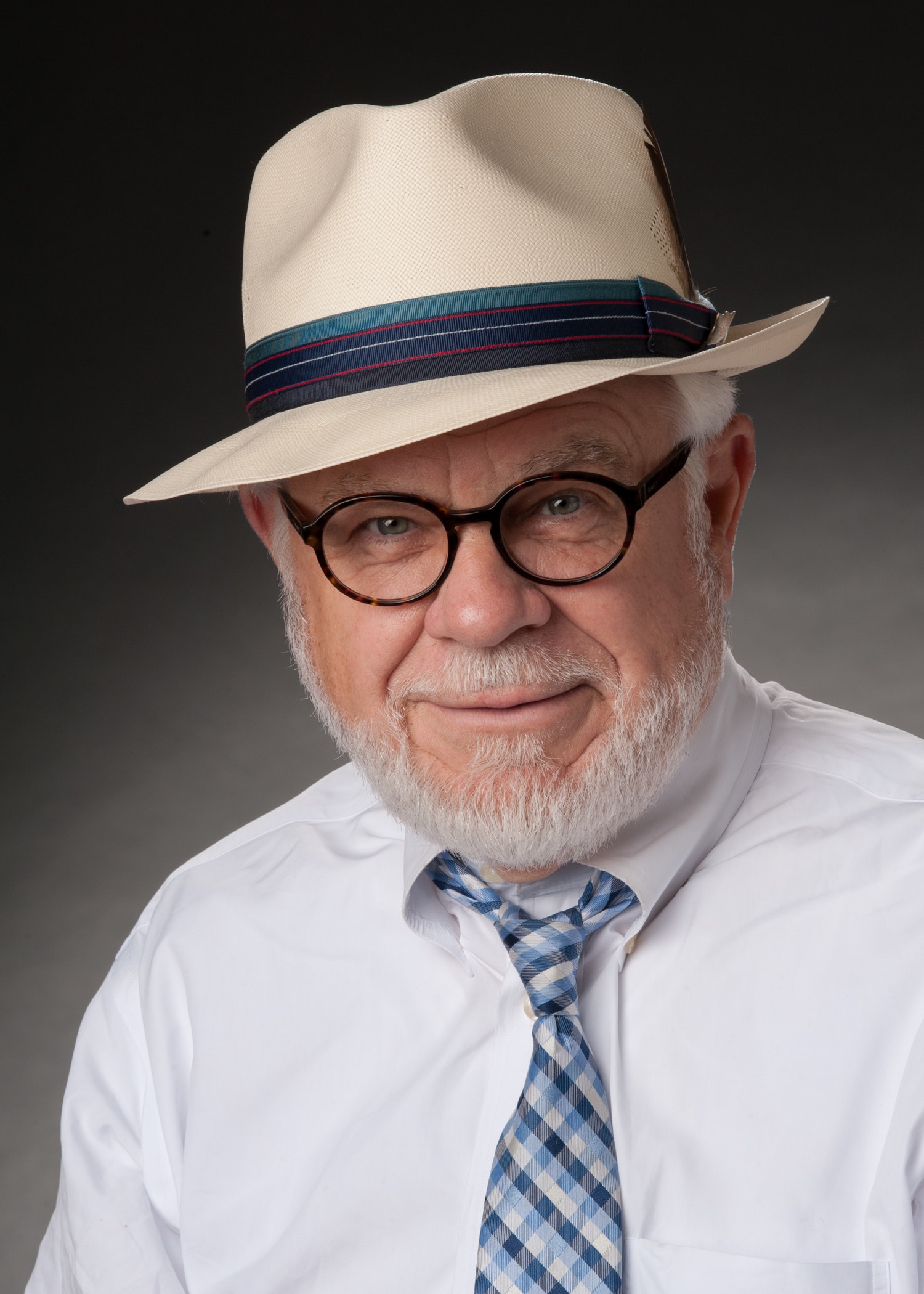If you ask this question to Caddo Sheriff Steve Prator , he says a fence is long overdue, like in six years overdue. Downtown Development Authority Executive Director Liz Swaine says a fence around the 500 block of Texas Street would make the courthouse look like a jail. Caddo Commissioner Lyndon Johnson, who introduced a resolution to spend $200,000 for a fence at a recent Commission meeting, cites security concerns; his resolution was referred to the Long Range Planning Commission.
In 2011 Prator suggested a barrier of some sort along with an ordinance designating the courthouse block to be a park to prevent weapons, alcohol, and pubic urination/defecation. If the 500 block was a park, then hours and activities could be regulated like other parks. No action was taken on his letter to Woody Wilson.
In 2015 Prator again addressed the courthouse security issue in letters to then Commission President Lyndon Johnson. Prator’s concern at that time was use of the Courthouse steps and grounds for political announcements, rallies, and demonstrations. Prator’s recommendations again fell on deaf ears.
Prator again addressed this issue in 2016 to then Commission President Matthew Linn. While repeating his prior concerns, he pointed out the vandalism of the Confederate Memorial monument as an example of the need for more succinct ordinances regulating conduct on courthouse grounds. Again, no action was taken by The Commissioner.
Liz Swaine, the Executive Director of the Downtown Development Authority (DDA), is opposed to fencing in the courthouse. She points out that the homeless are sleeping on the benches, not the courthouse lawn and thus a fence would not prohibit or deter this activity. Swaine believes that a fence would only push the problem of vagrancy to other areas downtown.
Liz Swaine, the Executive Director of the Downtown Development Authority (DDA), is opposed to fencing in the courthouse. She points out that the homeless are sleeping on the benches, not the courthouse lawn and thus a fence would not prohibit or deter this activity. Swaine believes that a fence would only push the problem of vagrancy to other areas downtown.
Swaine acknowledges that many individuals, whether truly homeless or not, do congregate in the downtown area where it is more “comfortable” in the sense of places to congregate, to panhandle, and obtain free meals and other services. In addition to the courthouse, many panhandlers and “street peopls” frequently visit the public library across from the courthouse, unoccupied storefronts along Texas Street and the open area across from the courthouse.
One unanswered question is why street people are allowed to “store” their belongings in public areas, such a shopping carts filled with clothes and other items, backpacks and boxes. A bench in front of the courthouse on Texas Street near Marshall Street always has boxes of personal items and other “mess” under it. Neither Swaine nor Chief Caddo Deputy Gary Parker answered an email inquiring as to why these items were not removed since this a public area.
Many of the problems associated with street people are inadvertently caused by “do gooders” who regularly feed those on the streets, give them money, or otherwise enable their presence in these areas. Swaine strongly urges that these practices cease and that these individuals be directed to the HOPE Connection office that provides outreach services (food, clothing, housing assistance, etc.) as well as counseling.
No other courthouses in north Louisiana have fences. Shreveport is, however, the largest city north of Baton Rouge and its downtown is much more compact than other towns and cities in this area. Courthouses have always been considered to be the most public of public areas and American history reflects free speech and assembly on courthouse lawns as fundamental to democracy. What steps should be taken, if any, to restrict activities on the courthouse block by fencing it in is a good topic for public debate.
